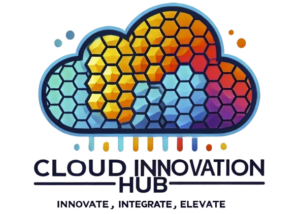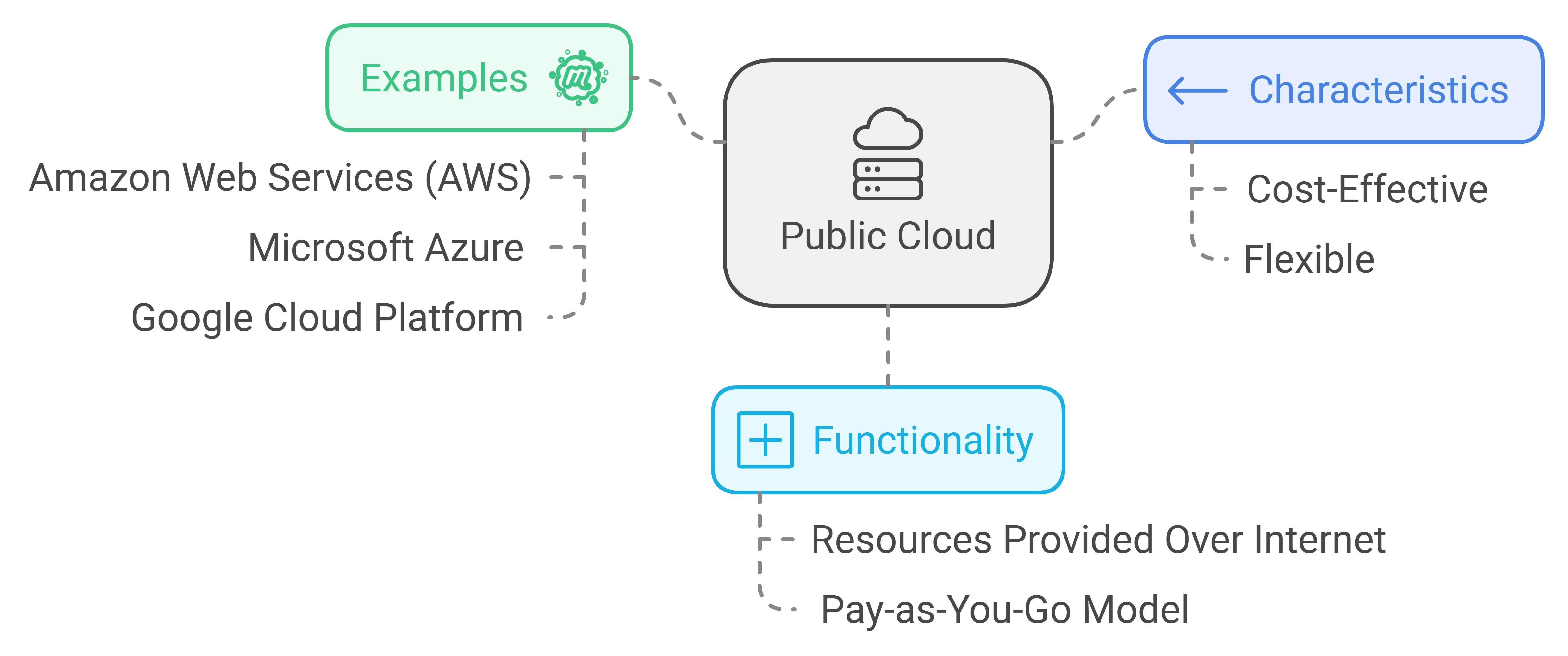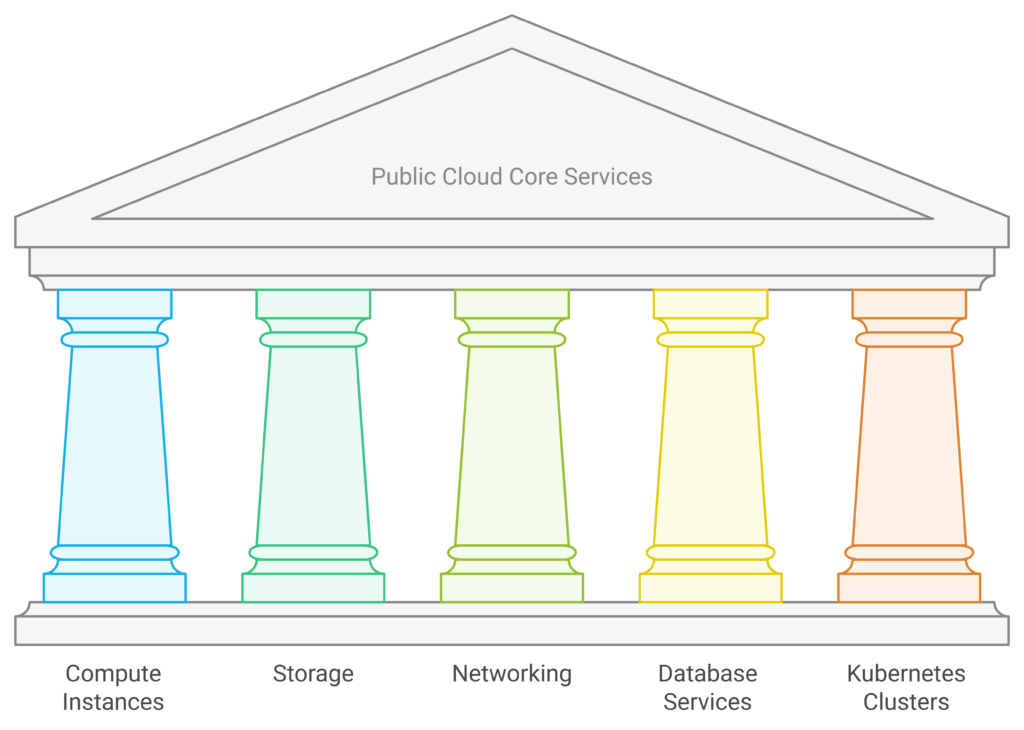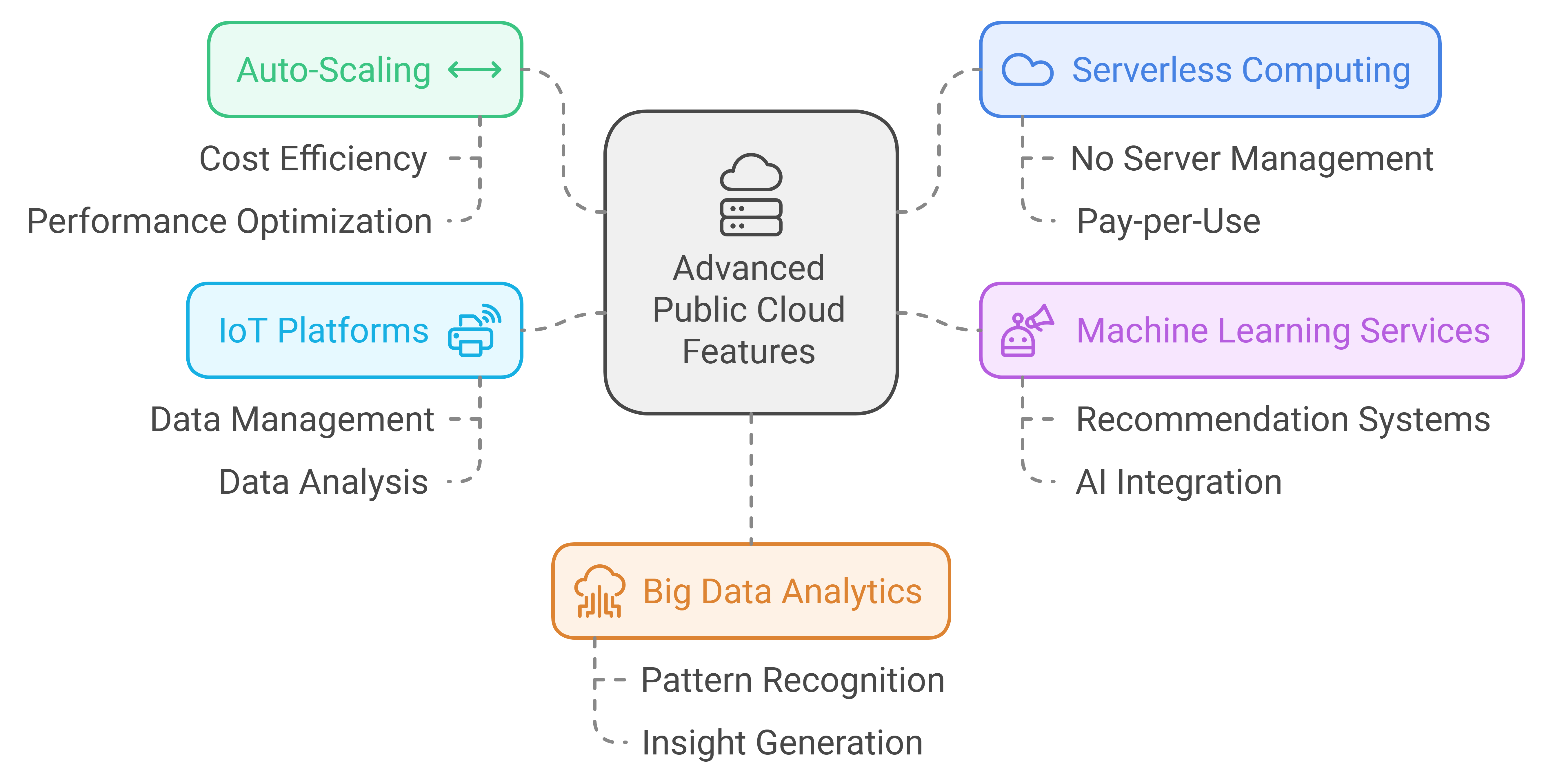Public Cloud: The Scalable, Shared Infrastructure Solution
Think of a public cloud like an apartment building where residents share the same building and amenities, like elevators and gyms, but each has their own private apartment.
In the same way, businesses share public cloud infrastructure but have their own secure environments. This makes public clouds scalable, affordable, and easy to use for a variety of needs. Let’s look closer at how public clouds work.

What is Public Cloud?
A public cloud is a type of cloud computing where resources like storage, applications, and servers are offered over the internet by a cloud service provider (CSP). It works similarly to a utility service—like electricity—where users pay for what they use. This makes it very cost-effective and flexible. Companies like Amazon Web Services (AWS), Microsoft Azure, and Google Cloud Platform are some popular public cloud platforms.
Real-Life Analogy: Public Cloud as a Shopping Mall
Think of the public cloud as a giant shopping mall. The mall provides a shared space for many stores, but each store runs its own business independently.
In the same way, public cloud services provide shared infrastructure, but each company has its own secure area for data and applications.
Understanding Public Cloud Service Models
Here are the common public cloud service models explained.
1. Infrastructure as a Service (IaaS)
- Imagine renting a fully stocked kitchen. With IaaS, you get virtual machines, storage, and networking resources. You have the freedom to cook whatever you want, but you need to decide how to use the kitchen tools.
- IaaS provides the core building blocks, like virtual machines and networking, so businesses can build and manage their own IT setup. Examples include Amazon EC2 and Google Compute Engine.
2. Platform as a Service (PaaS)
- This is like renting a food truck that already has everything you need to prepare meals, but you just bring your own ingredients. With PaaS, developers get pre-built tools like databases and hosting, so they can focus on developing their applications without worrying about managing servers.
- PaaS is ideal for developers who want a managed environment for building apps. Examples include Google App Engine and Microsoft Azure App Service.
3. Software as a Service (SaaS)
- SaaS is like ordering food from a restaurant—you just enjoy the meal without cooking or cleaning up. The application is ready to use and requires no infrastructure management.
- Examples include Google Workspace, Dropbox, and Salesforce. Customers use the software directly and pay on a subscription or pay-per-use basis.
Key Components of Public Cloud
Core Services Provided
- Compute Instances: These are virtual machines (VMs) that provide the processing power for your applications, like virtual computers that run in the cloud.
- Storage: Data is stored safely using object storage or block storage that can grow as you need it.
- Networking: Just like highways connect different cities, load balancers and Content Delivery Networks (CDNs) help direct data quickly and efficiently.
- Database Services: For storing data, cloud providers offer both SQL databases (structured data) and NoSQL databases (unstructured data).
- Kubernetes Clusters: Tools to manage containerized applications, making it easy to deploy and scale cloud-native applications.
Advanced Features You Can Use
- Auto-Scaling: This feature allows resources to grow or shrink depending on how busy your application gets. It keeps costs low and performance high.
- Serverless Computing: With serverless, you write code, and the cloud handles running it. You don’t need to manage servers, and you only pay for when your code runs.
- Machine Learning Services: Many cloud platforms offer AI tools that help you add features like recommendation systems to your apps.
- IoT Platforms: These platforms help manage and analyze data from connected devices like sensors or smart appliances.
- Big Data Analytics: The cloud helps process and analyze huge amounts of data to uncover patterns and insights.
Real-World Examples of Public Cloud in Action
1. E-commerce Platform
- Imagine an online store that needs to handle big sales events like Black Friday. It can use cloud-hosted web servers to handle customer traffic and auto-scaling to increase resources when needed.
- A Content Delivery Network (CDN) ensures fast loading times by delivering images and other content to users globally.
2. Media Streaming Service
- Streaming platforms like Netflix rely on public cloud services for fast, reliable content delivery around the world.
- The public cloud allows dynamic resource allocation, ensuring that content is delivered smoothly, even when millions of users are watching at once.
- They also use cloud analytics to provide personalized recommendations based on what you like to watch.
Benefits of Choosing Public Cloud
The public cloud is all about scalability and cost efficiency. Businesses don’t need to buy their own servers. Instead, they can easily rent cloud resources and scale up or down depending on their needs. It also provides easy access to services like IaaS, PaaS, and SaaS. Whether it’s building cloud-native applications, running e-commerce sites, or using serverless computing, the public cloud helps businesses stay agile and efficient.
Summary
Public cloud platforms like AWS, Azure, and Google Cloud provide a wide range of cloud computing services. They help businesses with everything from running websites to managing big data analytics—all without the hassle of managing physical hardware. This shared infrastructure model offers scalability, efficiency, and a pay-as-you-go model, making it an attractive solution for startups and large enterprises alike.
If you want to learn more about how the public cloud can help your business, explore services like IaaS, PaaS, or even serverless options to get started quickly and cost-effectively.










